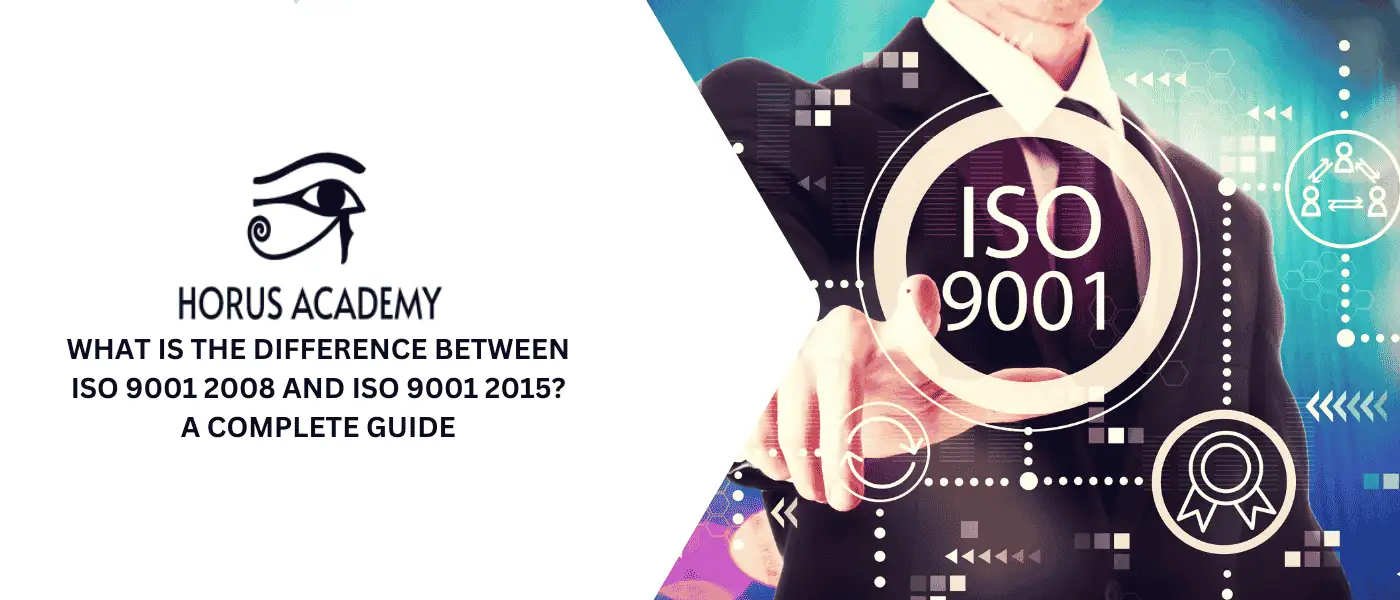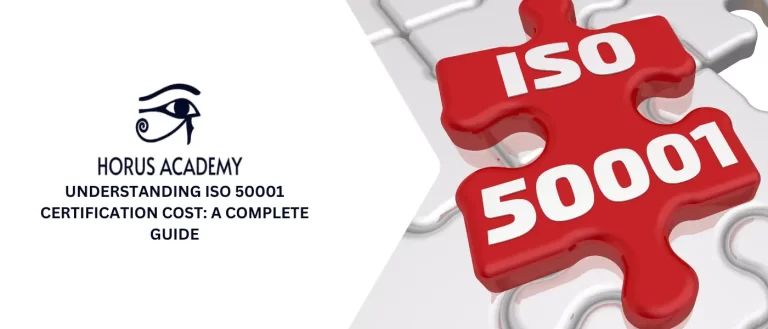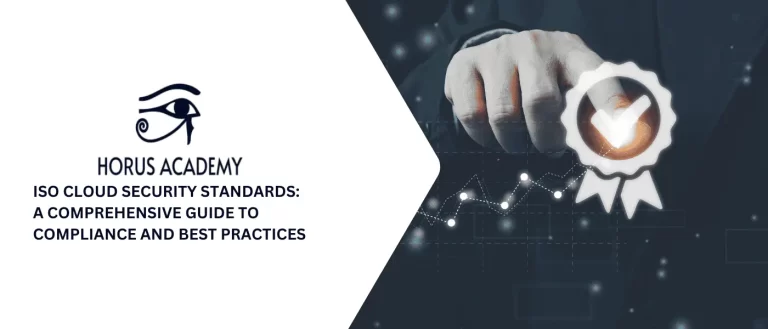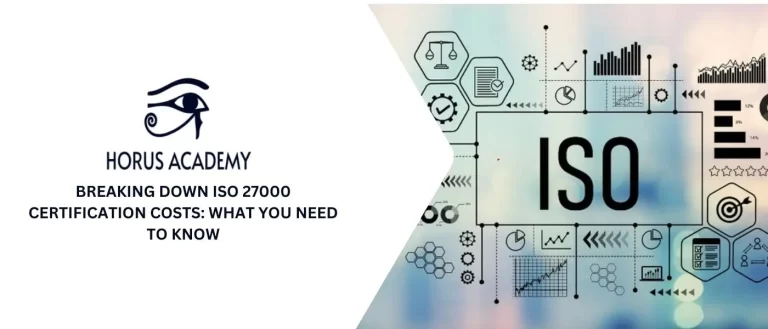
ISO standards are not set in stone, they evolve with our ever-changing world. This is why many people ask about what is the difference between ISO 9001 2008 and ISO 9001 2015.
In this article, we will explore the basic ideas of ISO 9001, compare the 2008 and 2015 versions, and discuss the benefits and challenges of switching to the most recent version.
Additionally, we will go over the essential steps that help businesses transition from ISO 9001:2008 to ISO 9001:2015 to ensure compliance and ongoing improvement.
Table of Contents
ToggleIntroduction to ISO 9001 Standards
Before we answer the question of what is the difference between ISO 9001 2008 and ISO 9001 2015, we need to understand what are ISO 9001 standards.
ISO 9001 certification is the worldwide standard for developing a Quality Management System (QMS). The most current modification to the standard was made in 2015.
Since it is an internationally recognized standard, most countries throughout the world embrace it.
According to an ISO 9001 definition, this standard is used to develop all of the policies, processes, and procedures required to deliver goods and services that satisfy customers, comply with legal requirements, and enhance customer satisfaction.
Explore PECB ISO 9001 training Lead Implementer – Self Study
Overview of ISO 9001:2008
To answer the question of what is the difference between ISO 9001 2008 and ISO 9001 2015 we need to get an overview of both versions.
ISO 9001:2008 is a quality management system standard that was originally issued in 1987 by the International Organization for Standardization.
This standard was created to assist enterprises in making sure they satisfy all stakeholder and consumer needs.
This standard was used by businesses that provided services or manufactured goods to ensure quality for all interested parties working with recognized enterprises.
Explore PECB certified by ISO 9001 – Lead Implementer – Live Online
Overview of ISO 9001:2015
Next, we’ll give you an overview of the 2015 version. The ISO 9001:2015 quality standard is a set of guidelines that have an impact on almost every aspect of business operations, government agencies, and non-profits.
Organizations must identify, track, and evaluate internal and external issues that are relevant to their mission and strategic direction and that might affect the QMS’s intended outcomes in order to comply with ISO 9001:2015.
According to ISO 9001:2015, companies must first identify and then determine their needs and expectations concerning the company’s quality management system.
Explore PECB ISO 9001 Certification Lead Auditor – Self Study in English
What Is the Difference Between ISO 9001 2008 and ISO 9001 2015
Now, we come to the part where we will answer the most awaited question which is what is the difference between ISO 9001 2008 and ISO 9001 2015?
Here are the main differences:
- While ISO 9001:2008 has eight clauses, ISO 9001:2015 has ten: The 2015 version contains two more clauses than the previous one, which is the first difference you would notice.
- Using the New High-Level Structure (Annex SL) Guidelines: ISO 9001:2015 uses a High-Level Structure that refers to ISO’s efforts to regulate the structuring of management systems standards.
- ISO 9001:2015 Is Process-Based: The goal of the ISO 9001:2015 criteria is to promote a thorough process approach to quality control.
- ISO 9001:2015 Puts More Focus on Input and Output: ISO 9001:2015 places greater focus on accurately measuring and evaluating process input and output.
Explore PECB ISO 9001 Course Lead Auditor – Live Online in English
Benefits of Transitioning to ISO 9001:2015
Now that you know the answer to the question of what is the difference between ISO 9001 2008 and ISO 9001 2015, it’s normal to want to transition to the latest version.
Although obtaining ISO 9001 certification is not required, companies that do so frequently enjoy several advantages. Businesses that use ISO 9001 can:
- Improve company performance.
- Implement thorough risk-based thinking.
- Raise brand credibility and reputation.
- Lower trade barriers.
- Increase customer retention and satisfaction.
- Cut expenses and waste.
- Make business operations more effective and efficient.
Challenges in Implementing ISO 9001:2015
- Understanding the Standard: For those who are not familiar with quality management concepts, the extensive scope of ISO 9001 might be overwhelming.
- Cultural Shift: Putting more of an emphasis on quality and ongoing development is generally necessary for the implementation of ISO 9001.
- Resource Allocation: For implementation to be effective, sufficient time, resources, and staff are required, which can be difficult for smaller organizations.
- Control and Documentation of Processes: Process establishment, documentation, and control by ISO 9001 standards can be difficult and time-consuming.
Explore PECB ISO 9001 Foundation – Self Study in English
Steps to Transition from ISO 9001:2008 to ISO 9001:2015
The last thing to know after understanding what is the difference between ISO 9001 2008 and ISO 9001 2015 is the ISO 9001 transition process:
- Make sure you fully comprehend the new certification criteria.
- Conduct an ISO gap analysis to establish whether there are any differences between their current procedures and standard requirements.
- Create a plan of action to determine how changes will be implemented sustainably and strategically.
- Effective communication is essential since you will probably find it difficult to implement long-lasting changes if you fail to inform your employees.
- Make adjustments while continuously assessing their effectiveness.
Conclusion
Many organizations ask, What is the difference between ISO 9001 2008 and ISO 9001 2015?
As we have seen, the 2015 edition presents a more organized, risk-based methodology that prioritizes input-output analysis, process efficiency, and flexibility in response to contemporary corporate settings.
Transitioning to ISO 9001:2015 has various advantages, including improved operational performance, increased customer satisfaction, and better risk management.
Adopting ISO 9001:2015 is ultimately about creating a culture of continuous improvement that promotes long-term success, not merely about complying with regulations.
Visit our website page to learn the latest ISO courses.
Frequently Asked Questions About What Is the Difference Between ISO 9001 2008 and ISO 9001 2015
What is ISO 9001?
ISO 9001 is an internationally recognized management system standard that defines the standards for a quality management system (QMS).
What are the main differences between ISO 9001:2008 and ISO 9001:2015?
The main difference is that while ISO 9001:2015 concentrates on products and services, ISO 9001:2008 primarily focuses on products.
Why was ISO 9001 updated from 2008 to 2015?
The most recent version of ISO 9001 gives greater importance to processes. The goal of the ISO 9001:2015 criteria is to promote a thorough process approach to quality control.
Is ISO 9001:2008 still valid?
ISO 9001:2008 certification is no longer valid which is why businesses have to switch to the 2015 version.
You May Also Like
A partners with PECB since 2021
HORUS Training offers over 100 certification programs on ISO Standards via E-learning / Self Study / Live online. Most Popular Courses are ISO 27001, ISO 22301, ISO 31000, ISO 9001, ISO 37001, GDPR, ISO 27032 Cybersecurity
Categories
Contact
- 15399 Guildford Drive, Surrey, BC, V3R 7C6, Canada.
- Info@horus.academy
- +1-506-300-5550


